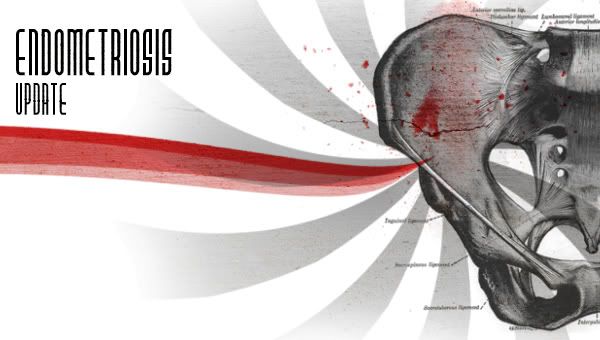This month appears to be the month for rarities, a few days ago I was reporting on the case of endometriosis in a man and just today a case report from Hong Kong was published on something even rarer, ovarian endometriosis in an 18 month old girl. This alone would be enough to raise an eyebrow, but what made both my eyebrows almost fly off my forehead was that this girl also had an endometriosis-associated ovarian tumour.
It has been known for ovarian endometriosis to be associated with an increase risk of developing tumours of the ovary, but this in itself is a rare event and to find this occurring in an infant means the odds of this occurring must be astronomical.
This isn’t the first case of endometriosis in a pre-pubertal girl I’ve heard of; there have been documented occurrences of endometriosis in girls aged as young as 8 years old and I’ve wrote about several publications from Italy concerning the discovery of endometriotic tissue in unborn human foetuses. But ovarian endometriosis associated with ovarian tumours is something which is more often reported in older women with advanced stage endometriosis.
So it concerns me greatly how this could have occurred in an 18 month old infant. The authors of the case report state that the girl’s hormone levels were normal for someone he age and there was no evidence of precocious puberty or genital abnormality. Perhaps this girl had a particularly disproportionate genetic or epigenetic susceptibility to endometriosis, in which case further investigation along this line may answer some of our most long standing questions about which genes (or gene variants) make someone more at risk of developing endometriosis.
It could be hat this girl had been exposed to high concentrations of some environmental pollutant, either whilst still in the womb or during early development which triggered onset of the disease. Hong Kong is a heavily industrialised urban area with a serious pollution problem, so exposure to pollutants could be a contributor to this rare occurrence; it really is very hard to draw any definite conclusions though.
Whatever the cause of this particularly peculiar event, it highlights how little we know for certain about endometriosis. With the growing body of research on the disease, scientists involved in endometriosis need to take a step back and have a long hard look at the current state of our understanding because, personally, I think a radical shift in our thinking is needed.


